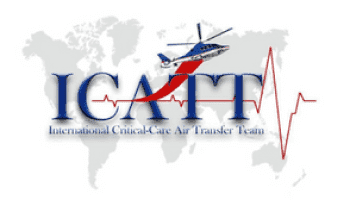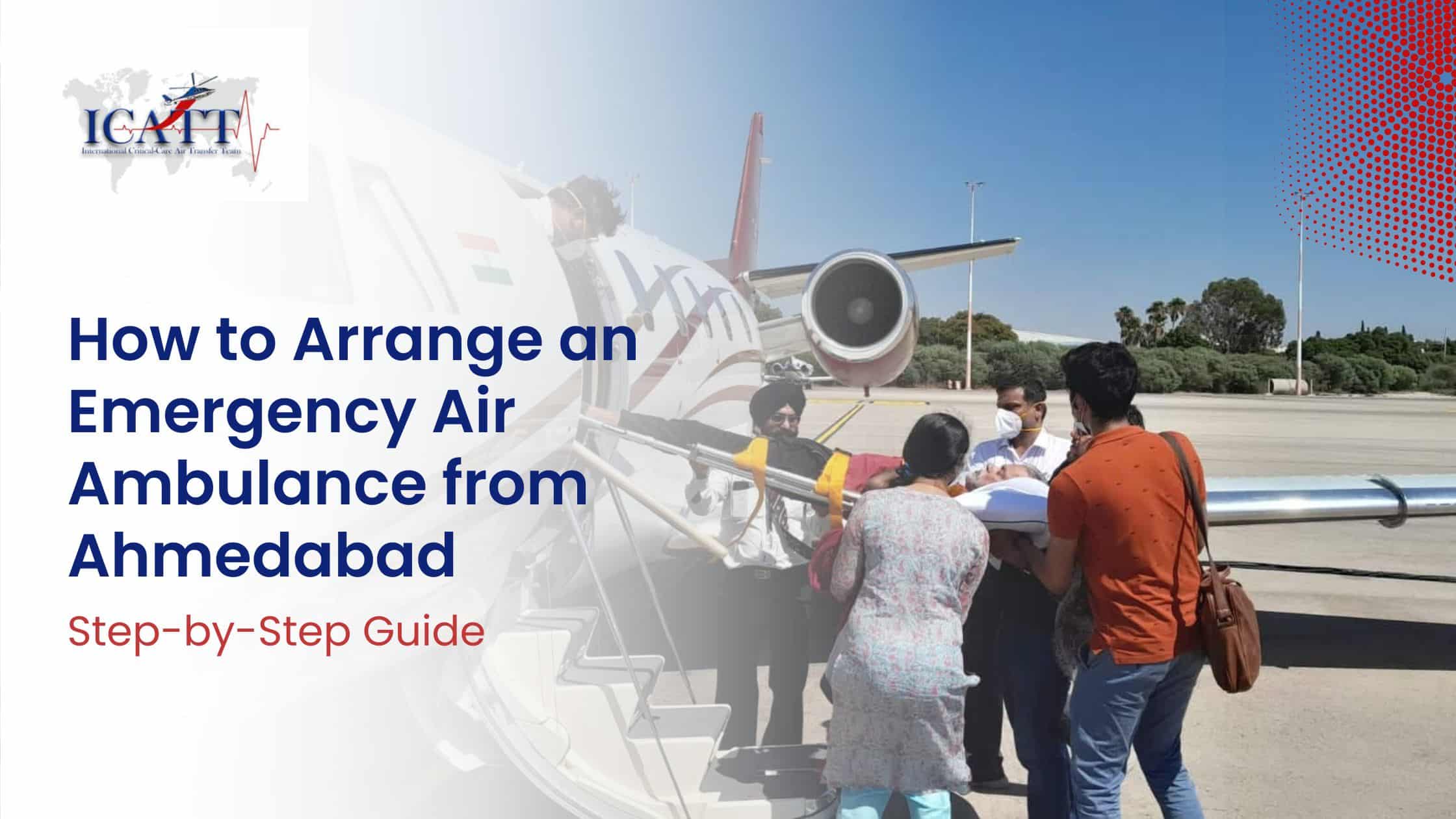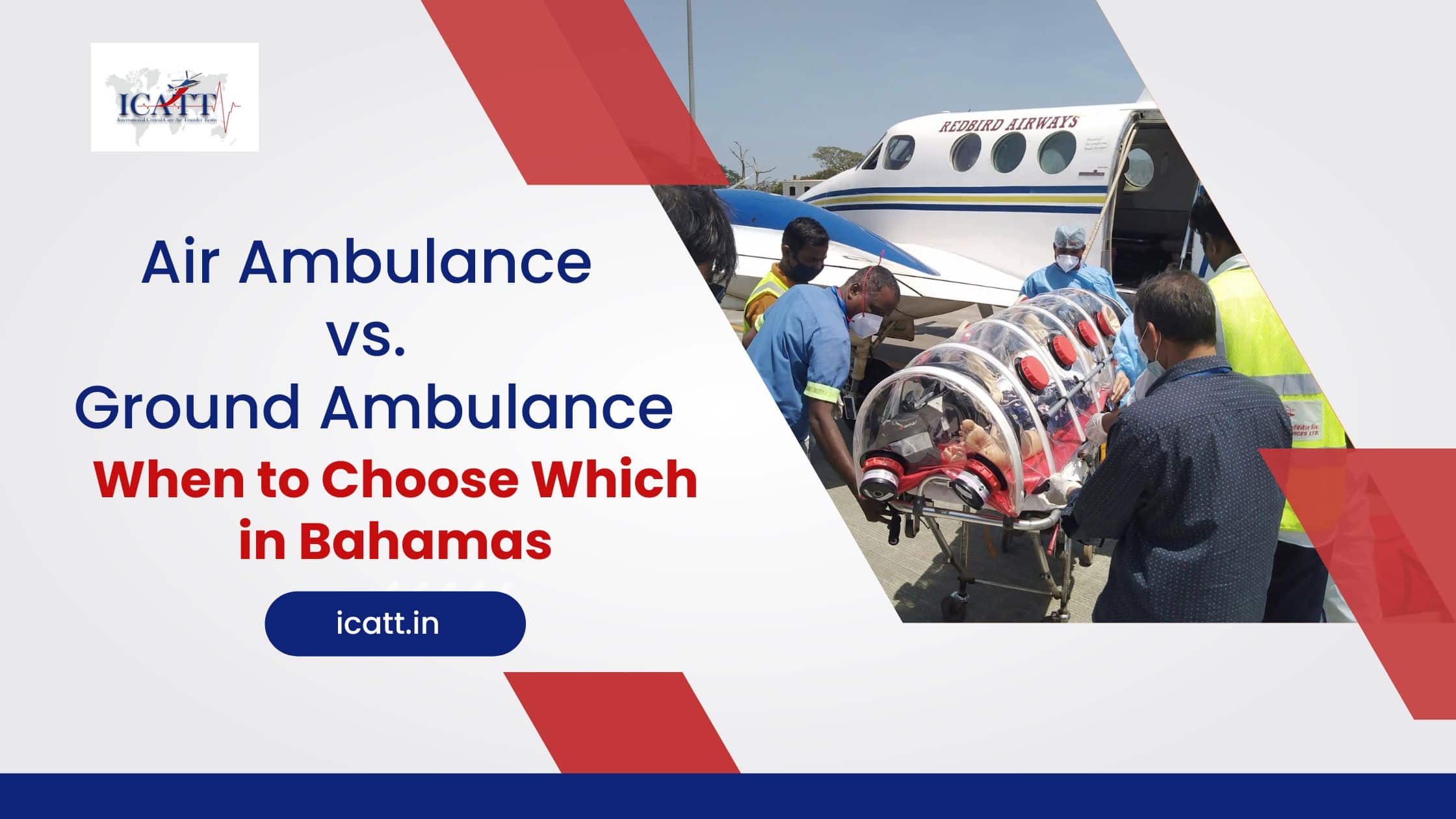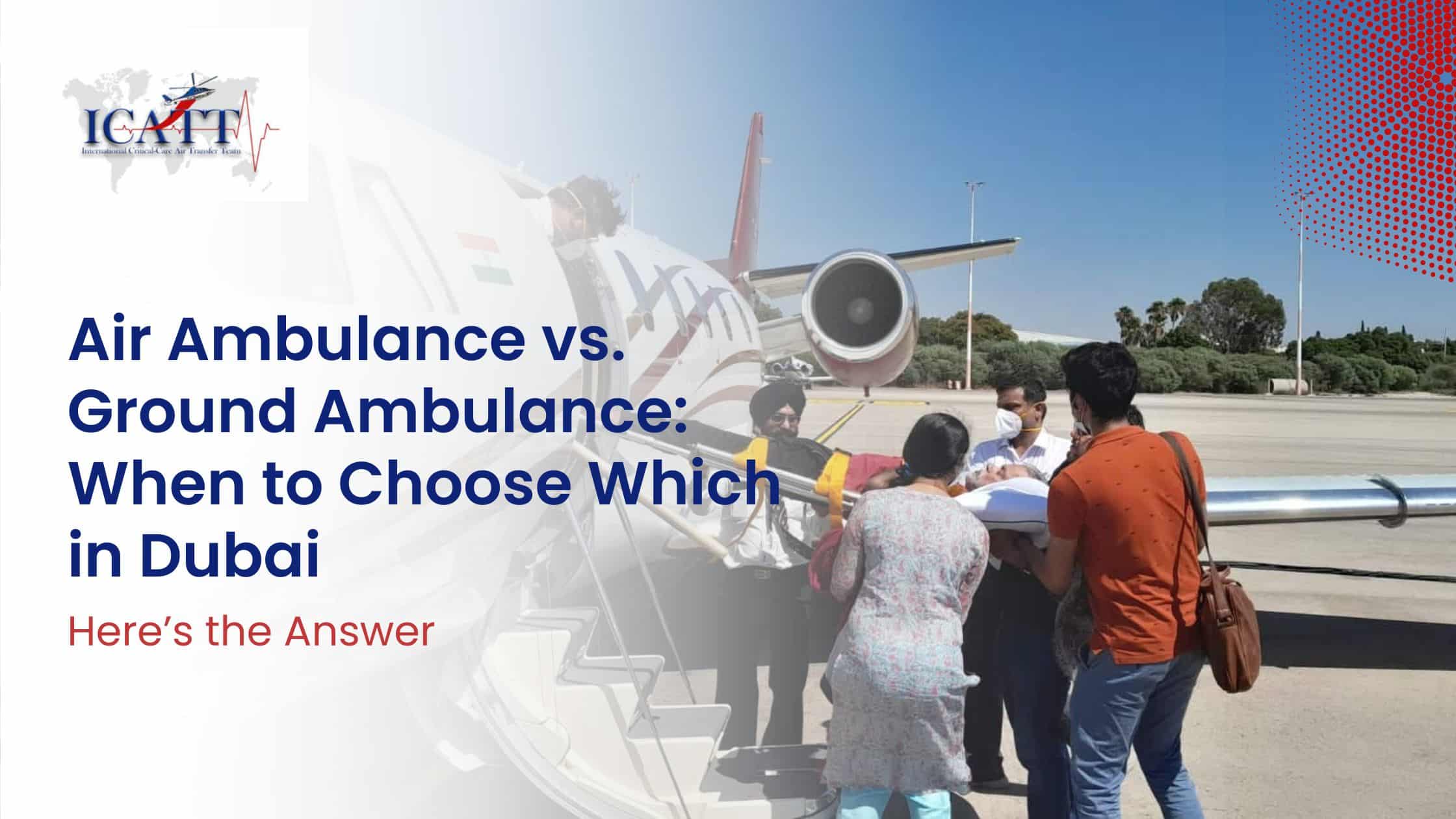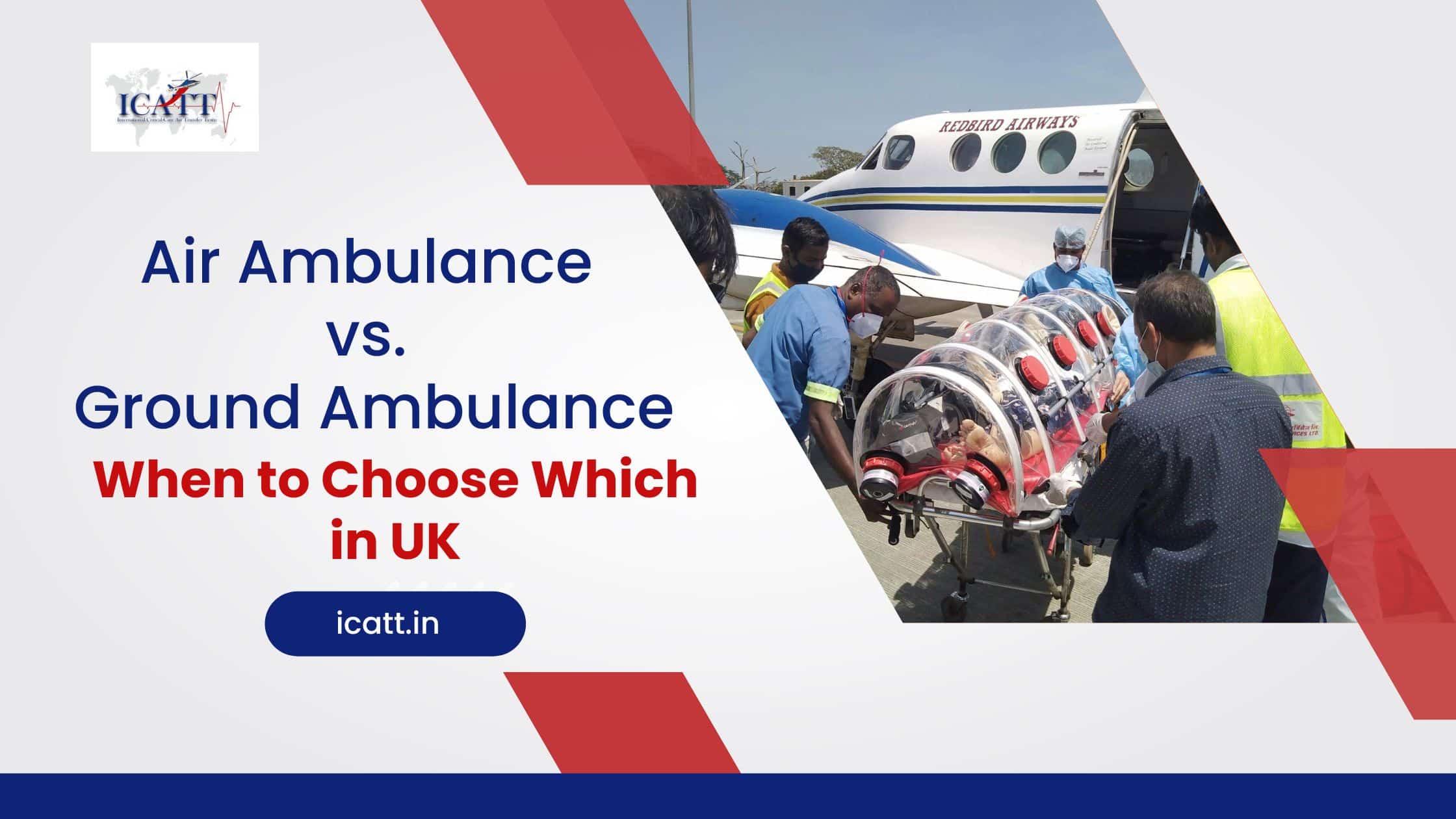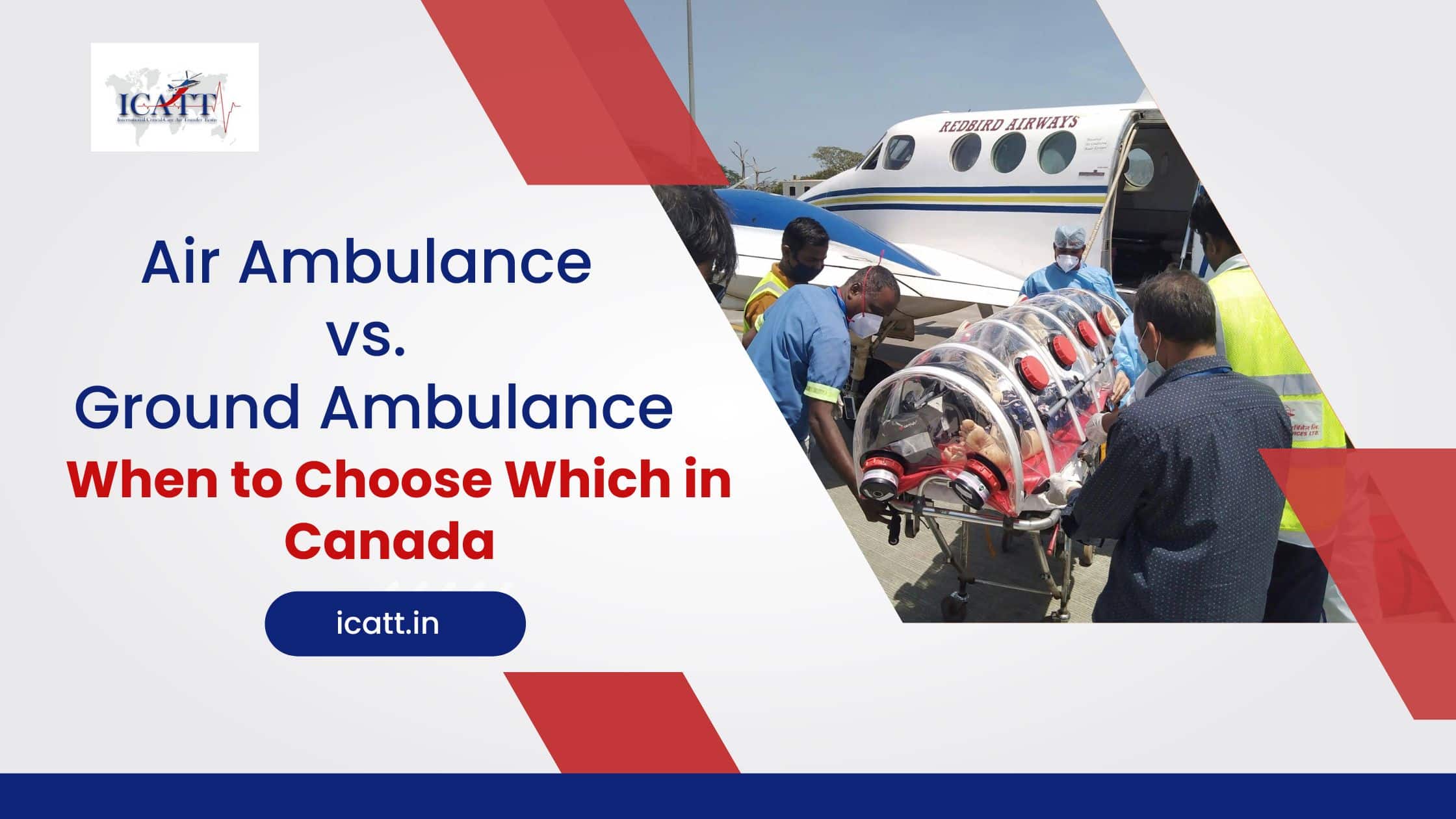Air medical services have been an important part of healthcare worldwide, especially in emergencies where demand for fast and reliable transport is essential. Whether it’s a critical case needing urgent care or a patient travelling to access better treatment facilities, quick and efficient medical transport can make all the difference.
Over the years, emergency medical services have evolved drastically from traditional road ambulances to the advanced air ambulance service we have access to today. But did you know that air ambulances aren’t just a modern upgrade in healthcare? In fact, their history is both interesting and meaningful. So, if you want to know more about how air medical services started and developed, keep reading this blog.
The History of Air Medical Services
The idea of using an aircraft to transport patients goes back much further than most people think. According to the documented records, the earliest instance of an air ambulance service involved the use of a hot air balloon during the Siege of Paris in the 19th century. This was a smart way to move injured or sick people when roads were blocked or unsafe.
The first literary mention of an air ambulance came in 1886, in Jules Verne’s book The Robur the Conqueror. This shows that even back then, people imagined the potential for flying medical help.
Air Ambulance Development in War Times
Wars in earlier times played a major role in the development of many sectors. But when it comes to healthcare services the war played a major role in pushing forward the progress of emergency medical services and medical transport innovations.
While we have often read about the use of aircraft for help and support, it was during World War I and World War II that airplanes were increasingly used to evacuate wounded soldiers quickly from battlefields to hospitals. This not only saved many lives but also highlighted the importance and need for fast, efficient medical evacuation.
Seeing this need the idea of specially equipped aircraft with doctors and nurses on board came into existence, creating the foundation for today’s modern air ambulance services. These flights provided intensive care during transit which was a groundbreaking concept at the time.
Advances in Technology and Medical Equipment
Technology has been advancing for decades, and with progress in every field, the equipment on board air ambulances has also evolved significantly. Medical facilities have improved from simple stretchers to mini intensive care units, and now to modern aircraft equipped with advanced medical devices. These include ventilators, cardiac monitors, oxygen supplies, and more, all operated by trained medical staff.
This evolution not only enables faster services but also ensures that patients receive critical care during transit, greatly improving their chances of recovery and survival.
The Rise of Civilian Air Ambulance Services
The concept of air medical services has now expanded beyond just military use. Many civilians and people in need have started using it. A lot of civilian air ambulance companies now operate, offering quick transfers for patients who require urgent care or specialised treatment far from home.
Today, air ambulance services are crucial, where road access is difficult or time-consuming such as in remote regions or islands. They are also essential for transferring patients across countries, providing access to top specialists and advanced medical facilities—and often playing a vital role in saving lives.
How Air Ambulance Services Benefit Patients
In an emergency where every second counts, air ambulance services offer one of the best advantages for saving lives. Flying patients over traffic or difficult terrain allows for faster treatment and better outcomes.
Beyond speed, this service includes high-quality medical transport with a team of doctors, nurses, and paramedics who deliver continuous care throughout the journey. They handle emergencies ranging from accidents and heart attacks to organ transplants and critical care transfers.
Hence, the journey of air medical services from balloons to fully equipped aircraft is a story of innovation driven by the urgent need to save lives. With continuous advancements in emergency medical services and technology, new aircraft designs, telemedicine support, and upgraded onboard equipment are all contributing to better patient care.
Moreover, as awareness and availability grow, air ambulance services are becoming more accessible to people across the globe, ensuring that help is never too far away. As a result, emergency medical services through air transport continue to evolve—bringing hope and healing to patients everywhere.
